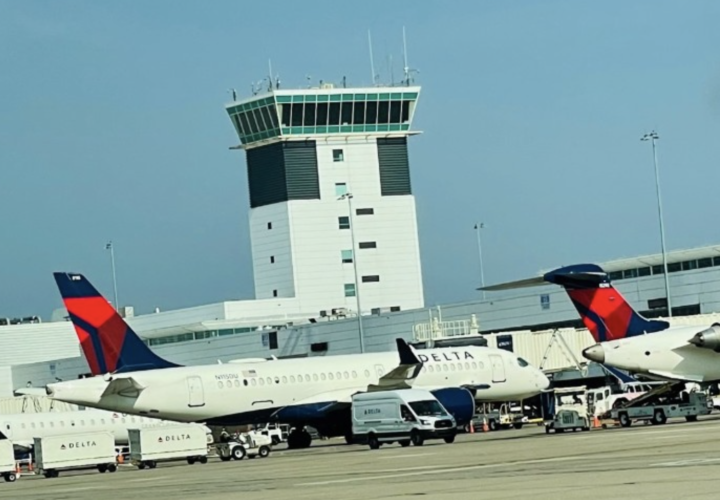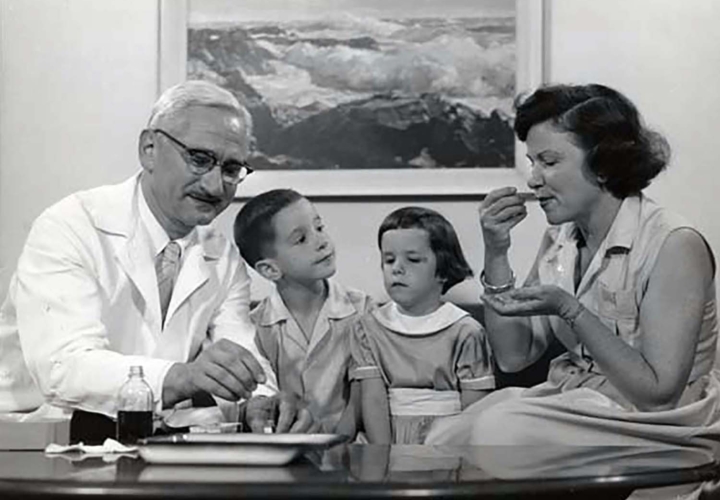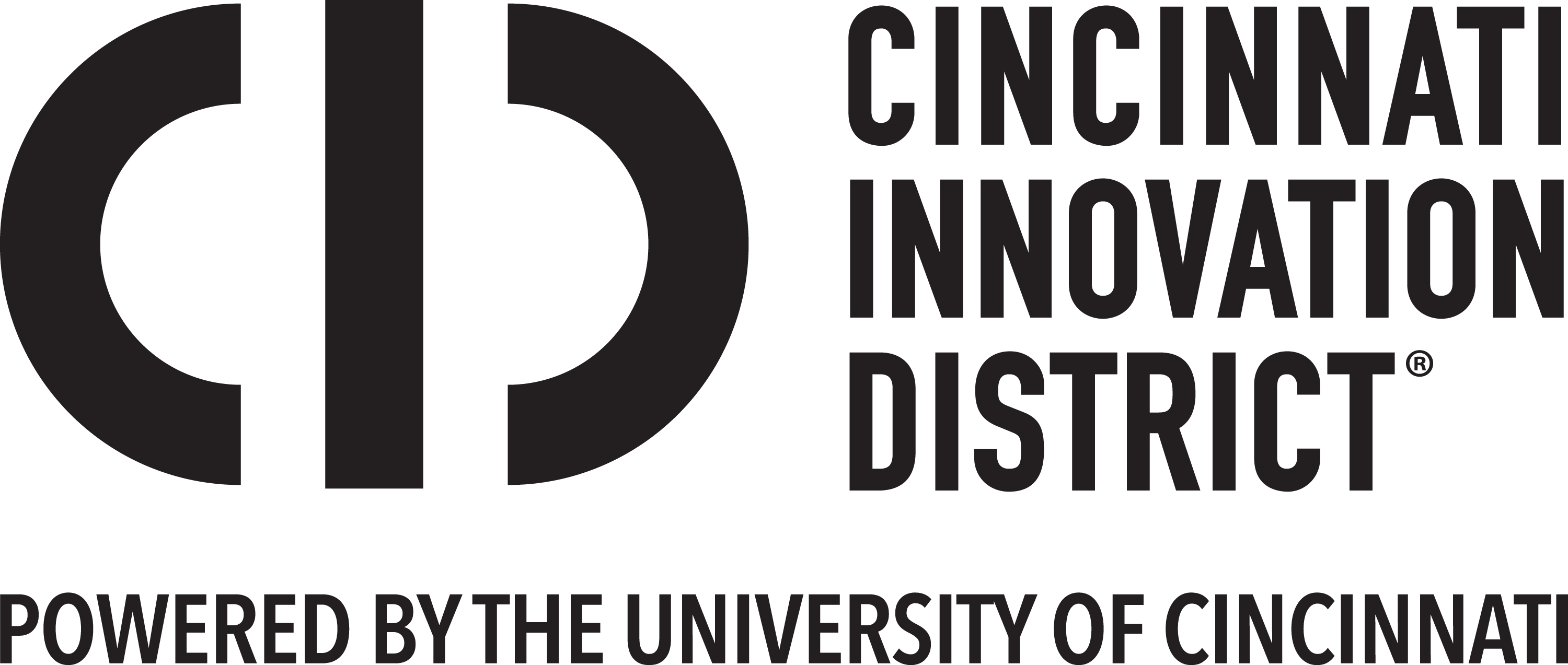UC 1819 Staff had an amazing time exploring CVG airport with the University of Cincinnati’s Partner Success team! During this eye-opening tour, our students, staff,…
Predictions for the Heartland in 2022
At this time last year, we were hopeful for a transition from a worldwide pandemic year to one with a return to normalcy. It began promisingly enough but the COVID-19 virus stuck around, tenacious in its grip on our health, our day-to-day lives and, significantly, our economy. Supply chain issues, employment upheaval, inflation: this is the legacy 2021 leaves behind.

Regardless, we are in a new year with new opportunities to embrace change and leverage what we’ve learned in the past to make progress in the future.
As we look to 2022, we must see beyond the challenges and anticipate what is on the horizon. Forecasting the future is always tricky business and as experts from the Wall Street Journal to The Economist point out, it is even more fraught in these unusual times. The current economic landscape is looking steady and, according to Bloomberg, while there are still risks, prospects are brightening. If we’ve learned anything from the past year, a crystal ball might be as accurate a predictor of the future as economic forecasts.
One thing we know for certain: our lives have become ever more intertwined, with work life spilling into home life, a freedom to live anywhere informing our employment and lifestyle decisions, a digital economy that requires all of us to keep up and even a greater appreciation of the little things in life.
So, while we can’t know for certain what lies ahead, we can take stock of where we are right now and offer some insights into where we might expect things to go. I am optimistic we will see growth in 2022, particularly in middle America, where a convergence of opportunities and advancement of innovation may put the Heartland in the right place at the right time.
Digital transformation: In today’s world, every company is a tech company but not every individual is tech ready. The Heartland is poised to reskill and upskill our workforce, from freshly minted graduates to existing workers as well as the unemployed with the digital skills, knowledge and ability needed in today’s economy. This past fall in Cincinnati, for example, a program designed specifically to provide a work-integrated and supportive learning experience to adults who are seeking skills to prepare for new workforce opportunities in technology graduated its first cohort. The Cincinnati Talent Acceleration Program (CTAP), a partnership with Microsoft and with funding from the Ohio Department of Higher Education’s Aspire Grant, CTAP participants emerge from the program with skills to fulfill many in-demand tech roles. It is programs like these that will ready our workforce for the challenges ahead because talent is all around us; by unlocking this potential, we will solve the talent crisis and create a rising tide that lifts all boats.
Place matters: Technological changes and remote collaborative working accelerated during the COVID pandemic, and it will continue to be a part of our lives well beyond. Place still matters, but how it is utilized will continue to change and evolve. As we are seeing now, we must adapt to a digitally collaborative working environment and leverage technology — whether it is virtual whiteboards, remote teamwork and yes, even the now familiar Zoom meeting. Interestingly, remote work may help invigorate local economies: if people are living and working outside the big cities, perhaps in more suburban and urban communities, they are spending their time and money locally. Programs like Tulsa Remote, which attracts and supports workers who move to Tulsa and, in turn, boost the economy, are a great example of leveraging the remote work sensibility to help spur growth in local communities. Innovation is a contact sport, and we need each other to advance change and spur the next great idea. People need a place to come together and no matter how far apart we may physically be, digital connectivity points will keep us working together.
Talent: The pursuit of talent remains my mantra. There has been a lot of news coverage of the so-called Great Resignation in recent months and the reality is, employees recognize they have choices: choices to live and work where they want, choices to change careers or seek more lucrative positions. Attracting and retaining talent will be the key to regional economic health. Creating innovative opportunities and appealing working/living environments are the currency Heartland communities are using to entice talent to explore the area. Talent is drawn to places that have innovation and, importantly, companies are drawn to places that have talent. Geographic diversity is a critical advantage for the American economy, according to Heartland Forward (Millennials Find New Hope In The Heartland”) and middle America has the physical intersection of industry, education and individuals that will spur innovation and economic growth.
We welcome 2022 as we do every year: with renewed hope, open minds and (sometimes), fingers crossed. I am confident the framework exists in the Heartland to help spur the kind of economic growth that will benefit not only the middle of the country, but the entire nation. Cheers.
David J. Adams is the first chief innovation officer of the University of Cincinnati and leads the Cincinnati Innovation District (CID), a purpose-built ecosystem that’s become the model for invigorating Heartland economies by connecting their talent with innovative, growing companies. Thanks to his leadership, the CID is on the path to creating 20,000 new knowledge jobs, accelerating 15,000 STEM graduates and generating $3 billion in annual economic impact. A former software executive, David’s experience spans the public and private sectors. He’s served as chief administrative officer of the University of Louisville and as a founding executive for a billion-dollar software business, where he helped popularize the term “supply chain.”
Latest Articles


Experience gained at the largest Department of Defense unclassified cyber defense exercise is helping a UC institute develop a premier operation in Ohio.

For decades, University of Cincinnati researchers who also were affiliated with UC Health have pioneered medical breakthroughs that have transformed the landscape of health care.
Connect with the District

